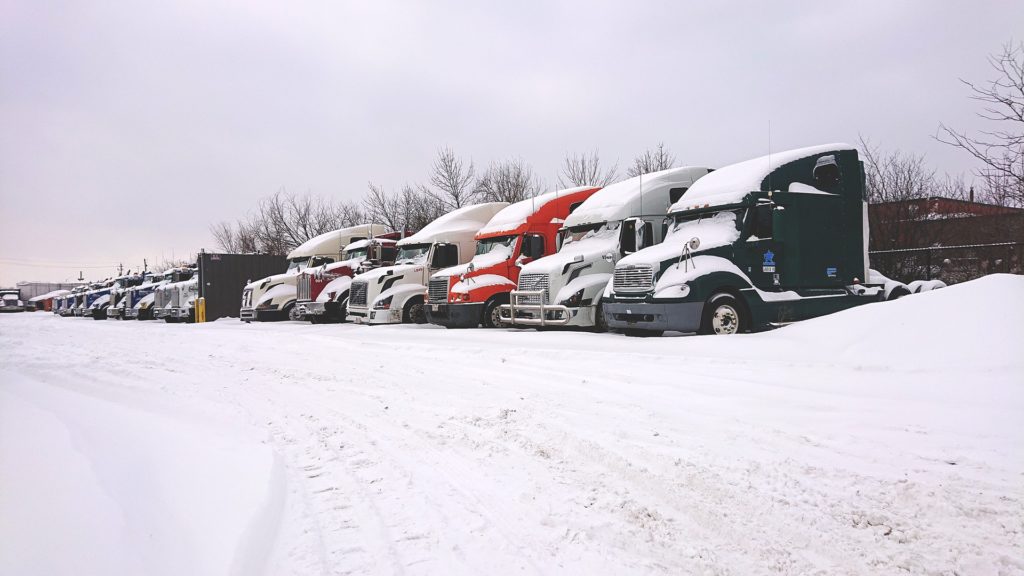From shorter days to an array of precipitation that brings plenty of driving hazards, trucking in winter weather is far from easy. However, long hauls still must be made during the winter months. And truckers need to be prepared for driving in more darkness than usual, inclement weather, and all the other challenges that the final season of the year brings.
When you embark on long hauls this winter, keep these 4 winter weather driving tips in mind.
1, Keep an eye out for brake lights.
The roads are often slick during the winter months. This means that the vehicles on either side of you as well as in front of you may not be able to brake and stop as suddenly as normal. Make sure you’re aware of any brake lights that go on in front of you or on either side of you and start slowing down immediately when you see the red lights illuminate. It’s always a good idea to keep extra space between you and other drivers during winter, too. Knowing when the brake lights go on is a great indication that maybe you should touch yours, too.
- Monitor your tire spray.
Observe the water that sprays off your tires when you’re driving during the winter. This commonly overlooked tip will tell you eons about the conditions of the roads that you’re driving on. It’s a good rule of thumb to note that the more water spraying off your tires, the wetter the roads are. However, if the roads appear wet and there’s less and less water spraying off your tires, that’s a solid sign that the road is starting to freeze and you should be extra careful while driving.
- Start pumping the brakes early.
If you’re going above 25-35mph when you see an obstacle in your collision course or someone slows down ahead of you and their brake lights turn on, start pumping the brakes early. Lightly pumping your brakes will bring your truck to a stop in a much safer way than a hard brake will. Sudden braking or sudden acceleration during inclement weather in the wintertime is a recipe for sliding and potential disaster. As we mentioned earlier, making sure there’s extra space between you and the vehicles around you will also give you extra time to pump your brakes early.
- Pull over when conditions warrant it.
No matter how pressing your schedule is, you need to have a gauge for when winter weather conditions warrant you pulling over. If you are having trouble moving on the road or they’re just plain too slick, it’s time to consider missing your deadline by a little bit. Your safety is always the most important. It’s always better to get off the road and wait until it’s safe to drive than to plow on through severe weather conditions.
In the event that you find yourself in need of a tow or emergency roadside assistance this winter, contact Tow Pro at 615.256.TOWS(8697). We offer 24/7 emergency roadside assistance and towing services for vehicles of all sizes.


